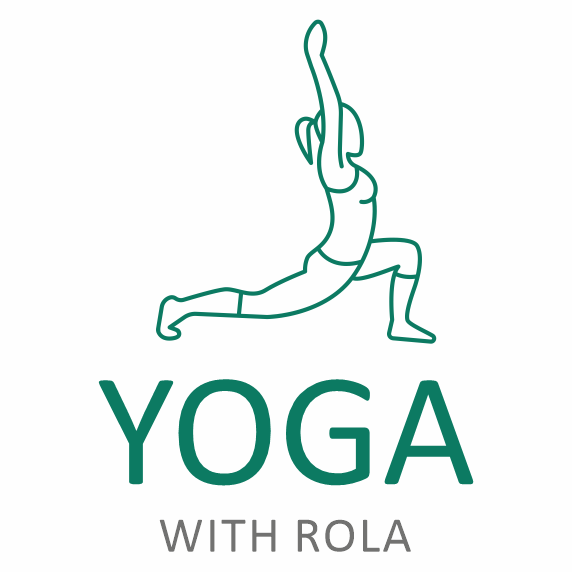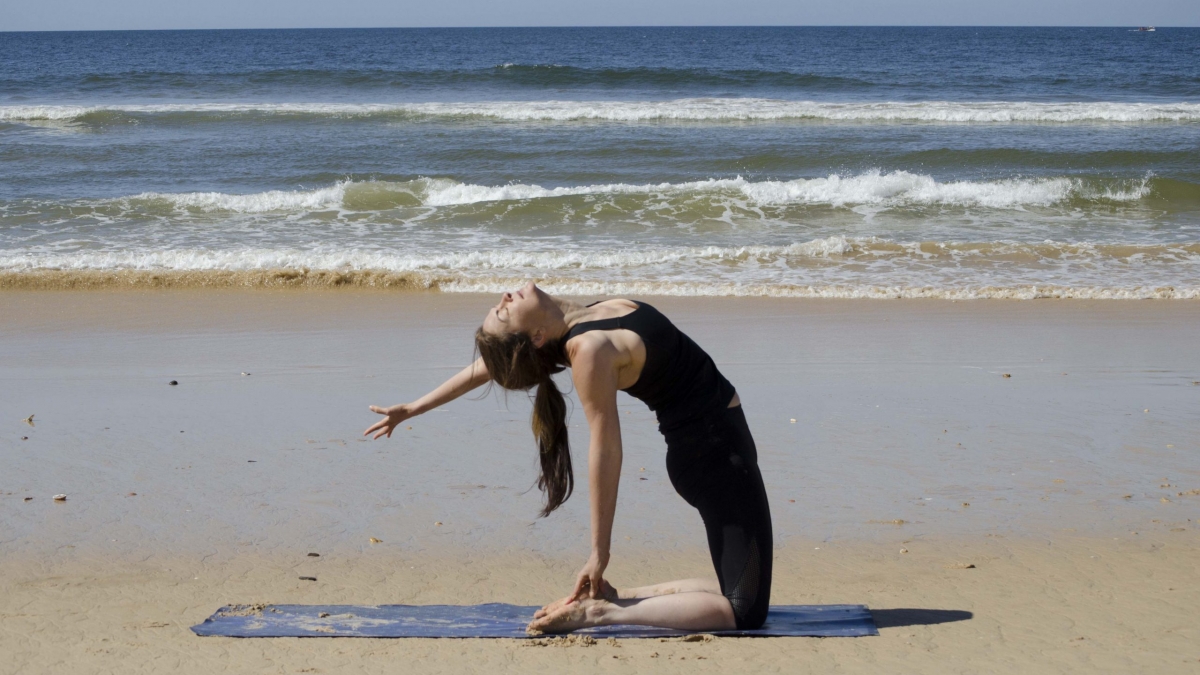For anyone who is suffering from a frozen shoulder, also known as adhesive capsulitis, the stiffness and pain inthe shoulder joint can become unbearable for months and sometimes years on end. As a yoga therapist, we are trained to empower clients to use yoga tools to work around the pain area, while looking at their bodies in a holistic way.
So, when a client recently came looking for the fastest way to heal a frozen shoulder, I had to work with them not only on a physical level to help relieve tension and tightness around the shoulder area. I also focused on helping them change their mindset about finding a quick-fix solution, encouraging them to develop more patience and self-compassion for self-healing.
If you are suffering from a frozen shoulder and want to incorporate elements in yoga therapy as part of your overall treatment, below are a few ideas that have proved successful for my client to manage the pain and improve the range of motion. But as the ancient yogis knew, every body is different. Therefore, ensure you modify depending on your situation, or work with a trained physical or yoga therapist if unsure how to. Either way, treat yoga therapy as complementary to the exercises recommended by the doctor and physiotherapist.
- Particularly in the first phase, when mobility is very restricted, avoid any activities that require overhead reaching, lifting, or anything that aggravates pain. Work gradually and with self-compassion (“Ahimsa” or non-violence in yogic terms) to build up shoulder mobility and full range of motion.
- Start your session with Pranayama, breathing exercises, to help calm the mind and create awareness of the subtle body. Ujjayi, alternate nostril and back breathing worked especially well with my client.
- Warm up with a focus on the whole body, beyond the injured shoulder, so as not to get fixated on the pain in that area. Gradually, introduce gentle lateral stretches, backward shoulder rolls and eventually using a strap for “flossing” (full rotation of shoulder), always taking it slow and never forcing or pushing the full range of motion.
- Modify asanas as needed. For example, for Puppy Dog Pose (“Uttana Shishosana”) placing elbows on blocks can help release the pectoral muscles with no pain. In a Cat-Cow (“Bitilasana-Marjaryasana”) sequence, spend extra breaths in Cow versus Cat.
- Particularly in standing asanas, the focus should be on realigning the posture of the spine, shoulders and neck. Various arm variations in Warriors with hands stretched back or holding opposite elbows (if possible). The action of this movement helps to stretch out the contracted (and therefore likely shortened) muscles over thechest and in the front of your shoulders.
- Gentle Cobra (Bhujangasana), Sphinx (“Salamba Bhujangasana”) Bridge with hands interlaced behind the back (“Setu Bandha Sarvāṅgāsana”) and flying Bridge (with arms extending up and back) also help open the shoulders. This worked well for my client but the transitions were always slow instead of being part of a flow, (typical of yoga therapy movement.)
- Introduce gentle easy supine twists help to realign the spine where the painful rounding is occuring, the upper back.
- Find ways to relax and destress. Spending time with fully supported restorative Savasana at the end was essential to my client. Meditation following relaxation also helped, using the breath as an anchor point to stop identifying with powerful thoughts and self-description (“I feel so old”, “I hate this f…ing shoulder”) and just witness thoughts and emotions without getting overwhelmed by them.
With research showing pain from a frozen shoulder might take up to three years, we need to look at ways to manage the pain, as above, while also identifying the root cause of the problem. Eliminate any repetitive motions and actions that may be causing the posture to fall out of alignment, for example by getting the ergonomics of your desk checked, or getting a posture-improving pillow support in your car, or maybe limiting the time staring down at the phone.
After five sessions of consistent yoga therapy session, my client began to experience gradual small improvements in shoulder mobility with each session. One session at a time. The pain, though not completely gone, became a lot more manageable. But the real sign of success was perhaps in his general attitude — more patience, self-compassion and self-love — on and off the mat.



Add a Comment